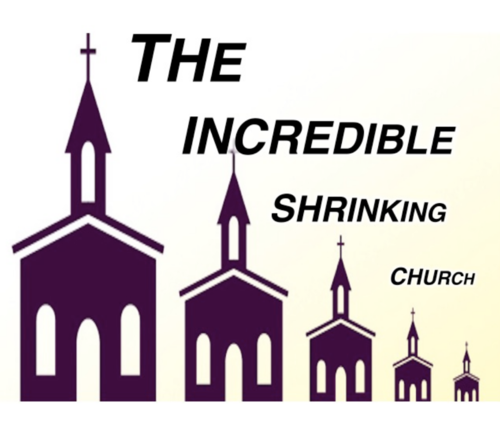THE QUESTION:
What are America’s biggest local Protestant churches?
THE RELIGION GUY’S ANSWER:
Through American history, Catholic parishes tended to have large memberships while local Protestant congregations were relatively small, with a few prominent exceptions. But beginning in the 1970s, the U.S. has entered a remarkable era with, by now, at least 1,750 Protestant “megachurches,” typically defined by average (pre-COVID-19) weekend attendance of 2,000 or more.
These flocks often say they’re simply “Christian,” but The Guy insists the “Protestant” label is truly accurate. Most are young and they’re overwhelmingly “evangelical” in belief and ministry. Which are the biggest of these “big box” churches?
Outreach magazine posts annual listings of the 100 largest, based on churches’ own reports, and also calculates the 100 fastest-growing congregations. Both rankings are available at this website. The stats are collected by the Southern Baptist Convention-linked Lifeway Research and the Hartford Institute for Religion Research. The key: Look for the word “nondenominational.”
Here are the top 20:
* Life Church, Edmond, Oklahoma (85,000 weekend attendance counting all off-site locations; affiliated with the Evangelical Covenant Church).
* Church of the Highlands, Birmingham, Alabama (60,000; nondenominational).
* Lakewood Church, Houston (45,000; nondenominational).
* Crossroads Church, Cincinnati (35,253; nondenominational)
* Christ’s Church of the Valley, Peoria, Arizona; (30,482; Independent Christian Churches — see explanation below)
* Saddleback Church, Lake Forest, California (28,000; Southern Baptist Convention)










